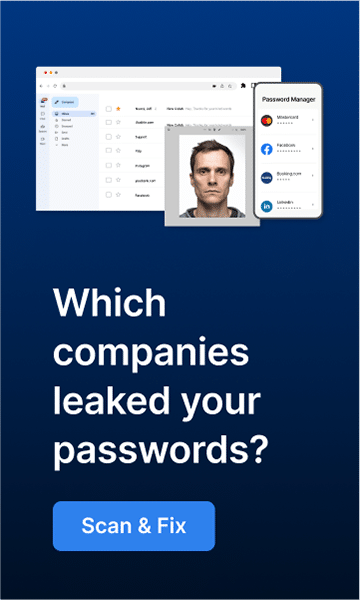Having a website is almost always required for every company, organization, or government body today. The worst thing about not having one is that it isn’t secure. We all know the perils of having an unsecured website. If your site becomes a victim of a cyber-attack, your customers’ data may get compromised and you’ll lose hard-earned goodwill in the market. If your computers or data have been locked by a ransomware attack, you may be forced to pay thousands of dollars in ransom fees in order to regain access. There is no assurance that the hackers will not return even after you have paid the ransom.
In this blog post, we will show you five ways to secure your website from cyber-attacks. By following these tips, you can protect your site and data from being hacked or taken hostage by ransomware.
Here are the five ways to secure your website from cyber-attacks:
Tip #1 Use strong and unique passwords for all accounts
One way to make it difficult for hackers to access your site is by using strong and unique passwords for all accounts. A strong password should be at least eight characters long and contain a mix of letters, numbers, and symbols. It should also be different from any other password you use elsewhere. You can use a password manager to generate and store strong passwords for all your online accounts.
Tip #2 Keep your software up-to-date
Another way to keep your website safe is by keeping your software up-to-date. Outdated software often has security vulnerabilities that can be exploited by hackers. Make sure to update your content management system (CMS), plugins, and themes as soon as new versions are available. You can also set up automatic updates to ensure that your site is always up-to-date.
Tip #3 Use a web application firewall
A web application firewall (WAF) is a security measure that filters traffic going to and from your website. It can block malicious requests that may contain malware or attempted SQL injections. A WAF can also help prevent DDos attacks by filtering out illegitimate traffic before it reaches your server.
Tip #4 Enable two-factor authentication
Two-factor authentication (TFA) is an extra layer of security that requires users to enter both a password and a code generated by an authenticator app before they can access an account. TFA can prevent hackers from accessing your site even if they have your password.
Tip #5 Use a security plugin
There are many WordPress security plugins that you can use to secure your website. These plugins can add features like two-factor authentication, malware scanning, and firewalls. Choose a plugin that offers the features you need to secure your site.
By following these tips, you can protect your website from cyber-attacks. Remember to keep your software up-to-date and use strong passwords for all accounts. You should also consider using a web application firewall and enabling two-factor authentication. Using a security plugin is also a good idea. By taking these precautions, you can keep your site safe from hackers.

